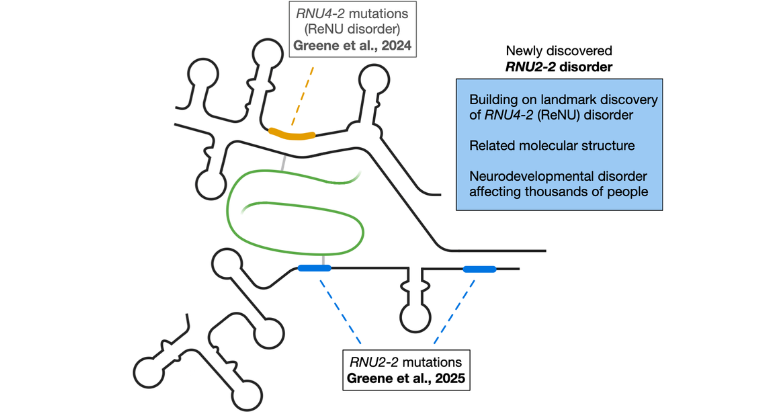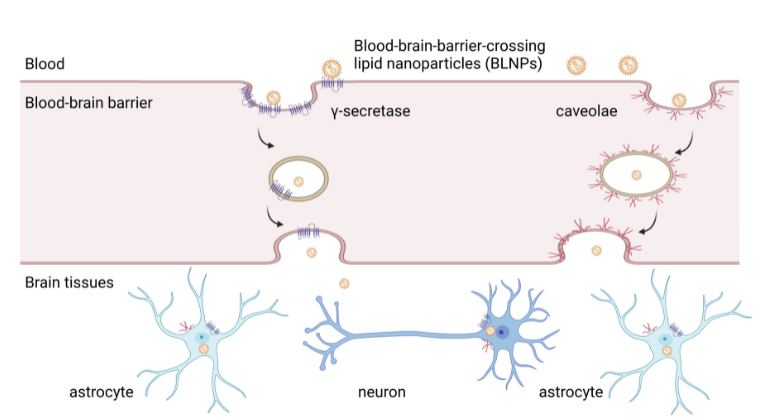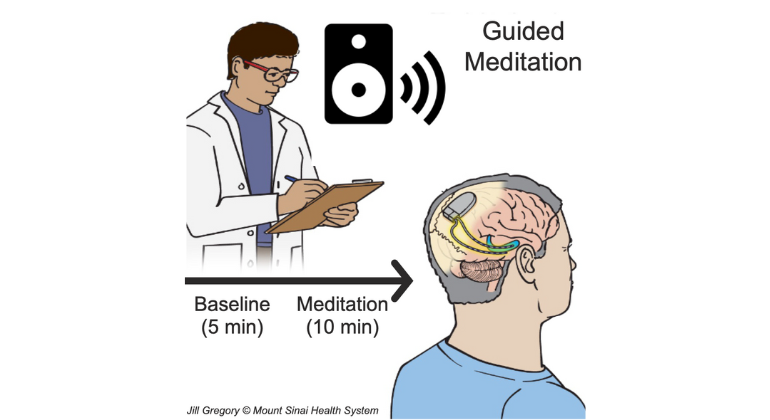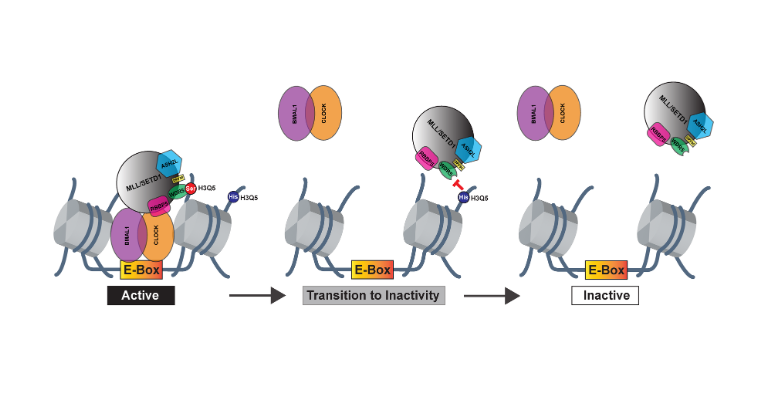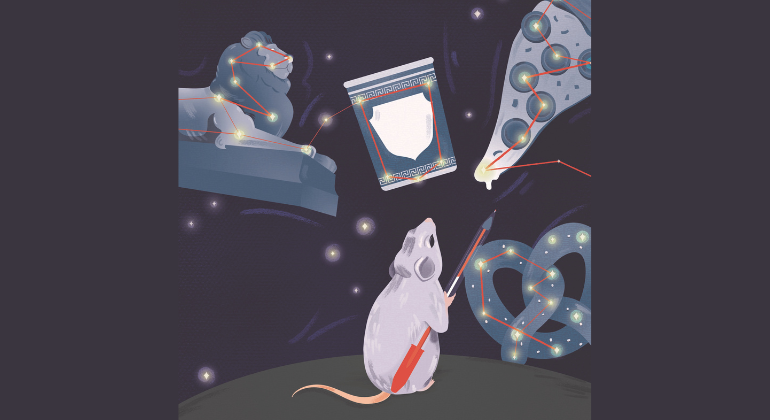Researchers Find Star-Shaped Brain Cell That Support Neurons Also Aid in Formation of Long-Term Memories
Lactate, which is energy fuel produced in a type of brain cell called an astrocyte, plays a critical role in long-term memory formation.
Researchers from Mount Sinai School of Medicine have found that lactate, a type of energy fuel in the brain, plays a critical role in the formation of long-term memory. These findings have important implications for common illnesses like Alzheimer’s disease, other neurodegenerative disorders, aging-related memory impairment and diabetes. The research is published in the March 4th issue of the journal Cell.
The study is the first to closely evaluate the role of lactate and the effect of its transport from astrocytes—a subtype of brain cells—to neurons in long-term memory in mammals, said lead researcher Cristina Alberini, PhD, Professor of Neuroscience at Mount Sinai School of Medicine {link to: http://www.mssm.edu/departments-and-institutes/neuroscience}. “Little is known about the role of astrocytes in cognitive functions. The results further prove that astrocytes are much more actively involved in memory formation than previously thought, and that lactate is a promising target for investigating novel mechanisms that may be the cause of deficits of long-term memories.” The data have potential significant implications in understanding and treating diseases like Alzheimer’s, dementia, and diabetes, she said.
Researchers historically have believed that the brain cells called astrocytes only played a supportive role to neurons and had no major roles in higher brain functions. As a result, research on the development of long-term memory has largely focused on neurons. However, in recent years, data have shown that astrocytes are more involved than previously thought. Working with this evidence, Dr. Alberini and her team found that lactate released by astrocytes has a critical function in long-term memory development.
Astrocytes but not neurons contain glycogen, the storage form of glucose. Dr. Alberini’s research supports a previous hypothesis that lactate produced by astrocytes provides fuel to neurons, and shows that lactate in the brain is elevated during long-term memory formation.
The researchers injected into the brains of rats an amnesic compound that blocks glycogenolysis (the breakdown of glycogen), and prevented the learning-dependent release of lactate. They did this both before and after “inhibitory avoidance learning,” in which the rats learn to avoid a place where they previously had an unpleasant experience. They also injected some rats with both the amnesic compound and lactate.
The researchers found that the rats that were injected with the compound only, either before or after the unpleasant experience, had significantly impaired long-term memory. However, lactate together with the blocking compound served to “rescue” or reduce memory loss. Short-term memory and learning were not impacted by the presence of the amnestic compound or lactate.
Since it is known that glucose is an important energy source and can modulate memory retention, Dr. Alberini’s team wanted to see if similar benefits were achieved by using glucose rather than lactate in the study. They injected glucose in amounts equicaloric to the lactate used in the first study into the brains of rats that also received the amnesic compound before inhibitory avoidance training. The researchers saw no rescue effect on long-term memory but after increasing the dose of glucose by three times, they saw a positive—though transient—impact.
“These results show that when a lot of energy is required, such as in long-term memory formation, glucose is not sufficient, or is less efficient, for long-term formation and maintenance,” said Dr. Alberini. “Now that we know that lactate has this critical function, we can study why it does and why glucose does not have the same impact.”
Dr. Alberini and her team plan to further study the role of lactate in long-term memory formation to find how it can be used as a potential target for neurodegenerative diseases. This study is supported by a grant from the National Institute of Mental Health.
About The Mount Sinai Medical Center
The Mount Sinai Medical Center encompasses both The Mount Sinai Hospital and Mount Sinai School of Medicine. Established in 1968, Mount Sinai School of Medicine is one of few medical schools embedded in a hospital in the United States. It has more than 3,400 faculty in 32 departments and 15 institutes, and ranks among the top 20 medical schools both in National Institute of Health funding and by U.S. News & World Report. The school received the 2009 Spencer Foreman Award for Outstanding Community Service from the Association of American Medical Colleges.
The Mount Sinai Hospital, founded in 1852, is a 1,171-bed tertiary- and quaternary-care teaching facility and one of the nation's oldest, largest and most-respected voluntary hospitals. U.S. News & World Report consistently ranks The Mount Sinai Hospital among the nation's best hospitals based on reputation, patient safety, and other patient-care factors. Nearly 60,000 people were treated at Mount Sinai as inpatients last year, and approximately 530,000 outpatient visits took place.
For more information, visit www.mountsinai.org. Follow us on Twitter @mountsinainyc.
About the Mount Sinai Health System
Mount Sinai Health System is one of the largest academic medical systems in the New York metro area, with 48,000 employees working across seven hospitals, more than 400 outpatient practices, more than 600 research and clinical labs, a school of nursing, and a leading school of medicine and graduate education. Mount Sinai advances health for all people, everywhere, by taking on the most complex health care challenges of our time—discovering and applying new scientific learning and knowledge; developing safer, more effective treatments; educating the next generation of medical leaders and innovators; and supporting local communities by delivering high-quality care to all who need it.
Through the integration of its hospitals, labs, and schools, Mount Sinai offers comprehensive health care solutions from birth through geriatrics, leveraging innovative approaches such as artificial intelligence and informatics while keeping patients’ medical and emotional needs at the center of all treatment. The Health System includes approximately 9,000 primary and specialty care physicians and 11 free-standing joint-venture centers throughout the five boroughs of New York City, Westchester, Long Island, and Florida. Hospitals within the System are consistently ranked by Newsweek’s® “The World’s Best Smart Hospitals, Best in State Hospitals, World Best Hospitals and Best Specialty Hospitals” and by U.S. News & World Report's® “Best Hospitals” and “Best Children’s Hospitals.” The Mount Sinai Hospital is on the U.S. News & World Report® “Best Hospitals” Honor Roll for 2024-2025.
For more information, visit https://www.mountsinai.org or find Mount Sinai on Facebook, Instagram, LinkedIn, X, and YouTube.
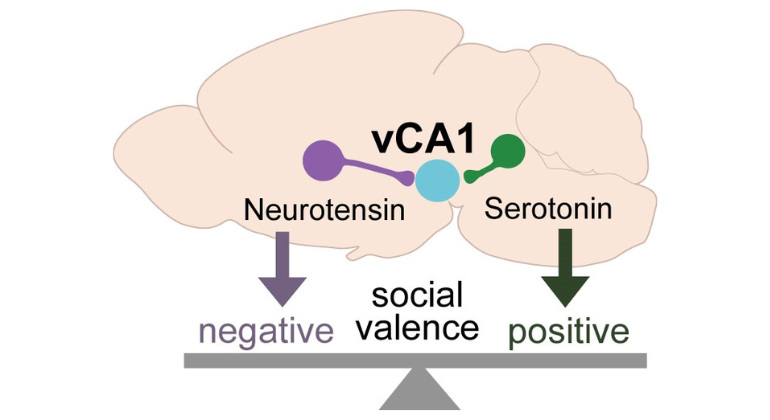
Mechanism by Which the Brain Weighs Positive vs. Negative Social Experience Is Revealed
Apr 30, 2025 View All Press Releases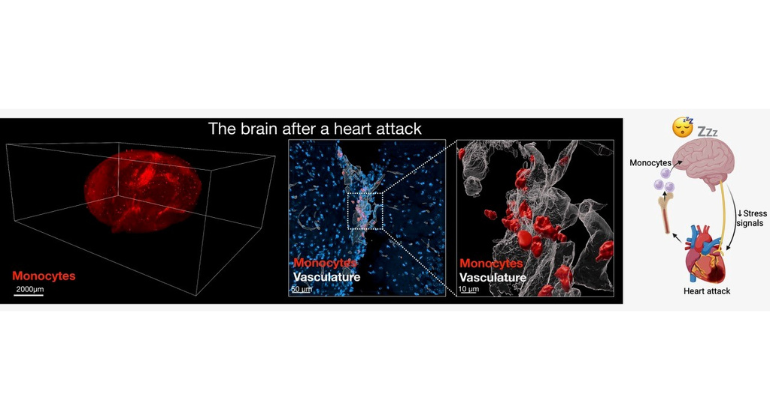
After a Heart Attack, the Heart Signals to the Brain to Increase Sleep to Promote Healing
Oct 30, 2024 View All Press Releases